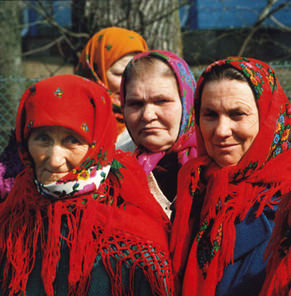Recent publications
ISOE EG-SAM Interim Report - Chapter 7. Key Lessons learned from Past Accidents
- Details
- Category: Communications
- Published: Tuesday, 17 June 2014 10:29
SCHIEBER C., HAYASHIDA Y., DOTY R.
Oral Presentation at the International ISOE/NEA/IAEA/NEI Workshop on ‘Occupational Radiation Protection in Severe Accident Management: Sharing Practices and Experiences',Washington DC, USA, 17-18 June 2014.
Abstract
The Expert Group on Occupational Radiation Protection in Severe Accident Management and Post-Accident Recovery (EG-SAM) was established by the Information System on Occupational Exposure (ISOE) in May 2011. The overarching objective of the group is to address the experience of ISOE utilities with various occupational radiation protection management approaches in severe accidents. The final product of the group will be a report on best occupational radiation protection management procedures for proper radiation protection job overage during severe accident, initial response and recovery efforts and radiation protection lessons learned from previous reactor accidents. The interim report of the EG-SAM, which was accomplished during meetings through 2012 - 2013 and approved in the 23th Annual Session of ISOE Management Board, includes perspectives of the group and discussions on:
- Radiation Protection Management and Organisation,
- Radiation Protection Training and Exercises related to Severe Accident Management,
- Facility Configuration and Readiness,
- Overall Approach on the Protection of Workers,
- Radioactive Materials, Contamination Controls and Logistics, and
- Lessons Learned from the past accidents.
This presentation is a synthesis of the chapter dealing with lessons learned from past accidents. It summarizes the key lessons learned from the nuclear power plant accidents of TMI-2 (USA, 1979), Chernobyl (USSR, 1986) and Fukushima Daichi (Japan, 2011) from the point of view of occupational exposures and radiation protection.
Download Communication A1209

 CEPN is a non-profit organisation created in 1976 to establish a research and development centre in the fields of optimisation of radiological protection and comparison of health and environmental risks associated with energy systems.
CEPN is a non-profit organisation created in 1976 to establish a research and development centre in the fields of optimisation of radiological protection and comparison of health and environmental risks associated with energy systems.
